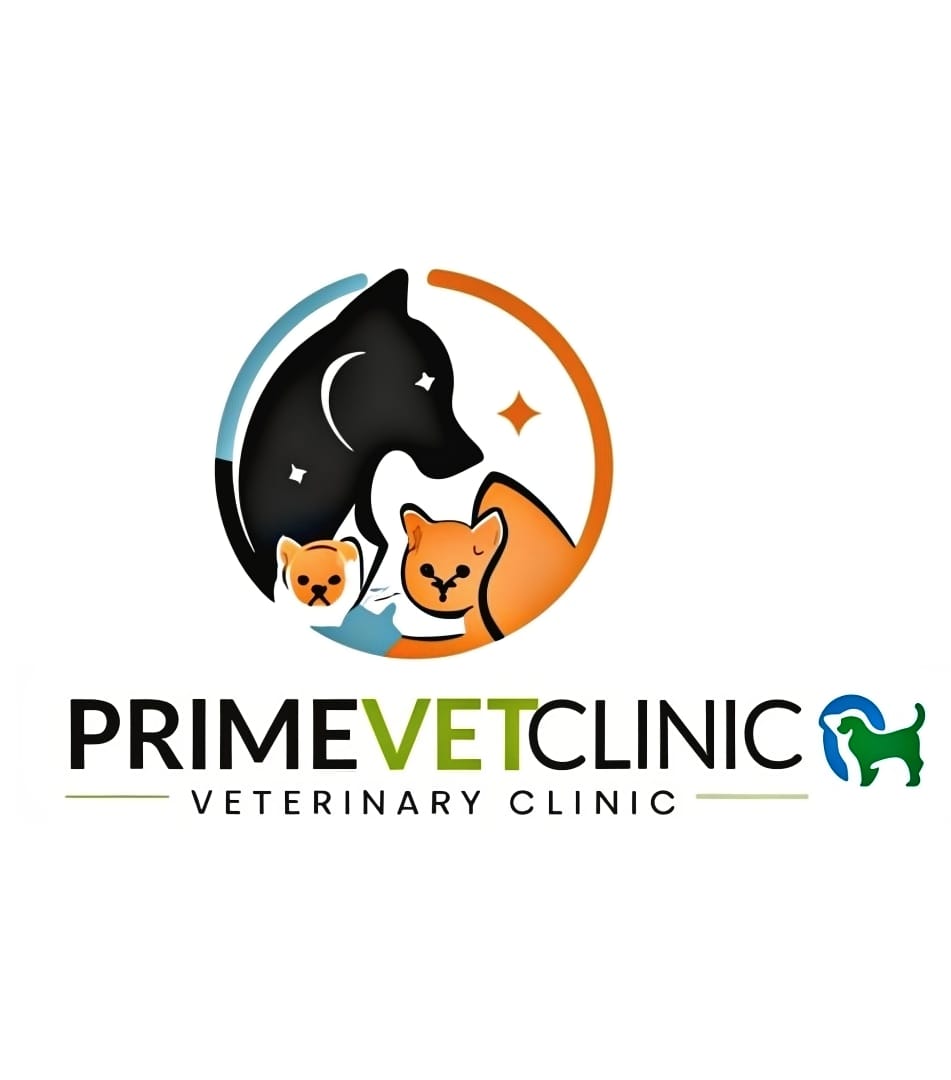


Posted by: admin on December 23, 2024
Canine distemper is a highly contagious and potentially life-threatening viral disease that affects dogs. It is caused by the canine distemper virus (CDV) and can spread through direct contact with an infected dog's saliva, urine, or feces.
1. Fever: High fever, often accompanied by lethargy and depression.
2. Discharge: Thick, yellowish discharge from the eyes and nose.
3. Coughing: Harsh, hacking cough.
4. Vomiting: Vomiting and diarrhea.
5. Seizures: Seizures and tremors in severe cases.
6. Paralysis: Paralysis of the face, legs, or tail in severe cases.
1. Incubation period: 3-6 days after exposure to the virus.
2. Prodromal stage: 1-2 weeks after exposure, characterized by fever, discharge, and coughing.
3. Neurological stage: 2-4 weeks after exposure, characterized by seizures, tremors, and paralysis.
1. Physical examination: A thorough physical examination by a veterinarian.
2. Laboratory tests: Blood tests, urine tests, and PCR (polymerase chain reaction) tests to detect the virus.
3. Imaging studies: X-rays, CT scans, or MRI scans to rule out other conditions.
1. Supportive care: Providing supportive care, such as fluids, antibiotics, and anti-seizure medication.
2. Hospitalization: Hospitalizing the dog to prevent the spread of the disease and provide intensive care.
3. Antiviral medication: Administering antiviral medication, , to help manage the disease.
1. Vaccination: Vaccinating dogs against CDV, starting at 6-8 weeks of age.
2. Boosters: Providing booster shots every 3-4 weeks until the dog is 16 weeks old.
3. Isolation: Isolating dogs that have not been vaccinated or have been exposed to the virus.
4. Hygiene: Practicing good hygiene, such as washing hands and disinfecting surfaces, to prevent the spread of the disease.
The prognosis for dogs with canine distemper is guarded, and the outcome depends on the severity of the disease and the promptness of treatment. With proper care and treatment, some dogs may recover, but others may suffer from long-term neurological damage or succumb to the disease.
for more details connect with your veterinarian doctor
follow further advice of doctor for better care
Written by & Posted by
Dr. Krishna Kant Kankar
veterinarian at
PRIME VET CLINIC, INDORE
Alice: vWoXoUA OkLZSLZ qCBv qnwOlBx wdYl
May 4, 2025, 1:34 am